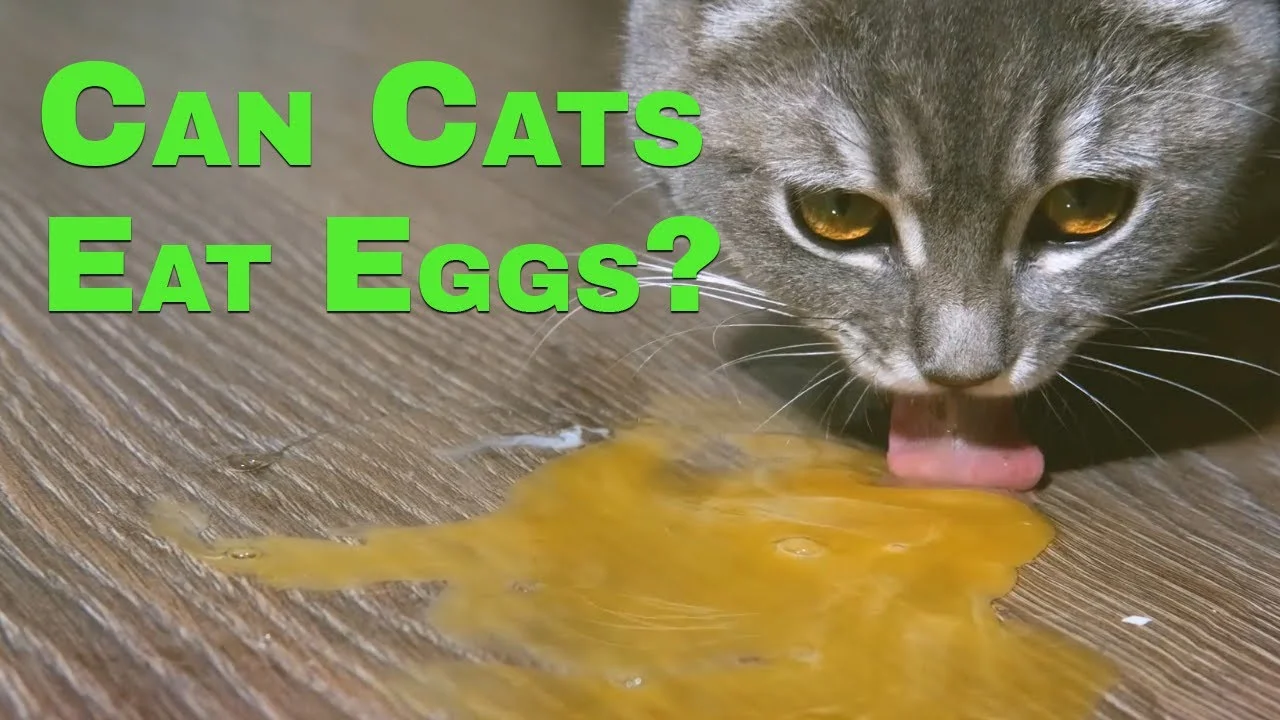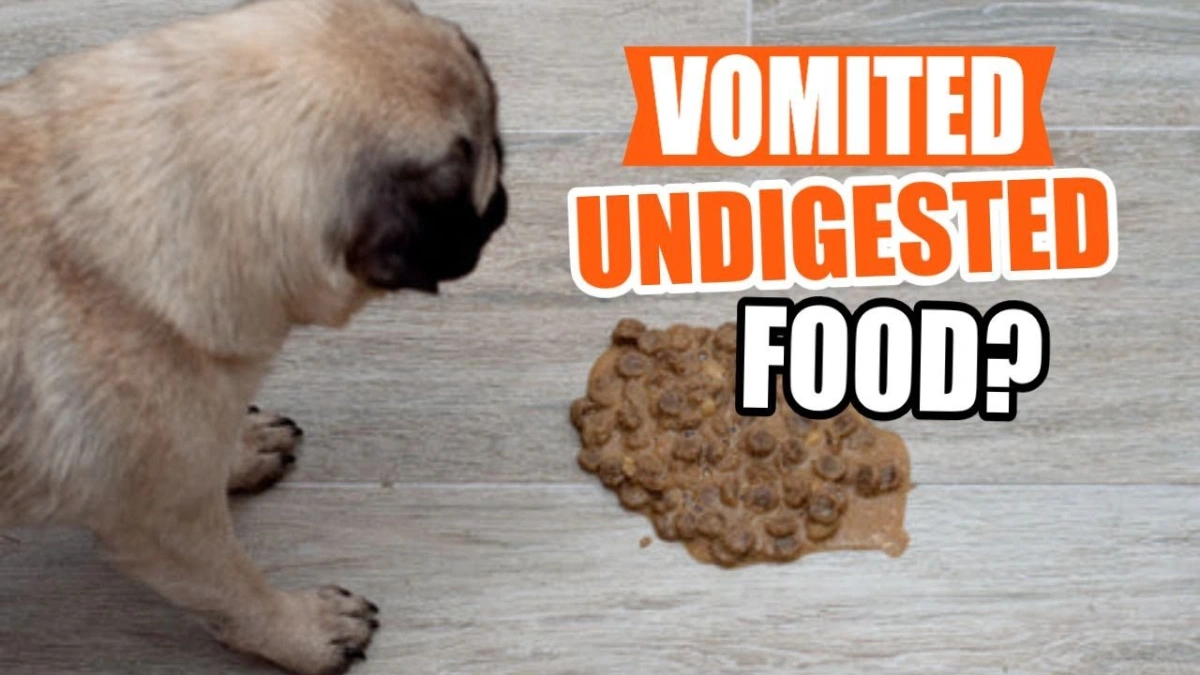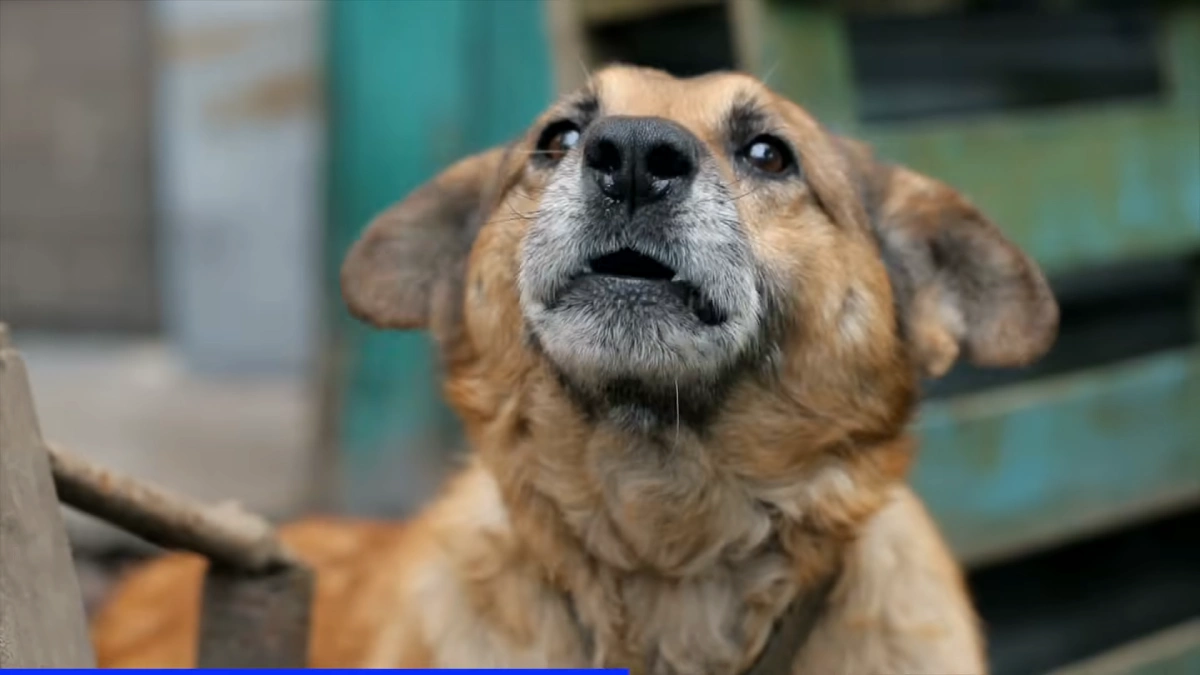Cats are wayward, conservative and mysterious creatures. They often surprise us with their habits and preferences. One of the most common questions that owners face is: “Why does my cat not eat wet food well?”
It is especially annoying if the food was bought with love and costs a lot of money, but the pet refuses to eat it. Let’s figure out the reasons for this behavior and find out what can be done.
Why is Wet Food Important in a Cat’s Diet?
Before we get into the reasons for refusal, it is important to understand why you should include wet food in your cat’s diet. Not only does it provide moisture, but it also helps to diversify the diet, especially for pets prone to dental disease or suffering from insufficient water intake.
Unlike dry food, wet food contains up to 80% liquid, making it a great choice for cats that are reluctant to drink water. The soft texture makes it easier to chew and digest food, which is important for older cats and pets with dental problems. However, if your cat has become difficult to eat wet food, this may indicate a number of reasons, ranging from individual preferences to health conditions.
Why does a Cat Refuse Wet Food?
Cats may refuse wet food for several reasons, ranging from health issues to simple preferences. Here are five possible reasons:
1. The Food has gone Bad
Wet food is a product that requires careful storage. If the package was opened more than a day ago and was not stored in the refrigerator, it may have lost its freshness. Even if the food looks normal, a cat’s nose, sensitive to odors, can detect unpleasant changes.
Unopened food packages can spoil if stored in unsuitable conditions: near a radiator, in the sun, or near a stove. Such changes impair the taste and aroma, making the food unattractive to the cat.
Tip: Store unopened packages in a cool, dry place, and open ones in the refrigerator for no more than 24 hours.
2. Changing the Composition of the Feed
Some brands may make minor changes to the ingredients in batches of food, such as using chicken or other meats instead of turkey. This may not be to the liking of a picky cat, especially if the changes affect taste.
Tip: If your pet likes a particular food, try to buy packages with the same production date and batch number. For greater confidence, give preference to proven brands with premium quality.
3. The Cat is Full
Sometimes the refusal of wet food is due to the fact that the cat is simply not hungry. Excessive amounts of treats or the constant presence of dry food in the bowl makes it capricious and picky. In such circumstances, wet food becomes an unnecessary excess.
Tip: Monitor your cat's daily food intake. If you add wet food to the diet, reduce the amount of dry food. Reduce the number of treats so as not to spoil the appetite.
[ruby_related heading=”More Read” total=5 layout=1]
4. New Taste or Smell
Cats are very conservative. New food, even if it is of higher quality, can make them wary. An unusual smell, consistency or taste can repel the pet.
Advice: change food gradually. First, add the new product to the usual food in small quantities, gradually increasing the proportion of the new one.
5. Inappropriate Bowl
Feeding utensils can affect a cat’s appetite. For wet food, it is better to choose a wide and flat bowl so that the whiskers do not rest against the edges. The material also matters: glass or ceramic bowls do not absorb odors and are often more pleasant for pets.
Tip: Always keep the dishes clean. Wash them thoroughly after each feeding, rinse and dry to remove any food residue and detergent odors.
How to Improve your Cat’s Appetite
If your cat has trouble eating wet food, try the following tips:
- Choose quality food. Pay attention to the composition: the more natural ingredients, the better.
- Experiment with textures and flavors. One cat may like chunks in sauce, another – pate or mousse.
- Serve at room temperature. Avoid microwaving to avoid altering the taste of the food.
- Create a feeding schedule. This will help avoid overfeeding and make feeding more predictable.
- Add a little water. If your cat finds the wet food too thick, thin it with a little water, but do not disturb the consistency.
FAQs for Why Did My Cat Stop Eating Wet Food?
1. Why is my cat suddenly refusing wet food?
Your cat may refuse wet food due to dental issues, food aversion, stress, or a change in preference. Health problems like infections or digestive issues could also be the cause.
2. How can I encourage my cat to eat wet food again?
Try warming the food, switching flavors or brands, mixing it with dry food, or offering smaller portions. If the issue persists, consult a vet.
3. When should I be concerned about my cat not eating wet food?
If your cat refuses all food for more than 24 hours, loses weight, or shows signs of illness (vomiting, lethargy, diarrhea), seek veterinary care immediately.
Conclusion
A cat’s refusal to eat wet food can be caused by many factors, from unsuitable taste to improper storage. With patience and attention, you can choose the perfect diet for your pet. Every cat is unique, and it is important to consider its preferences to ensure health and well-being.






